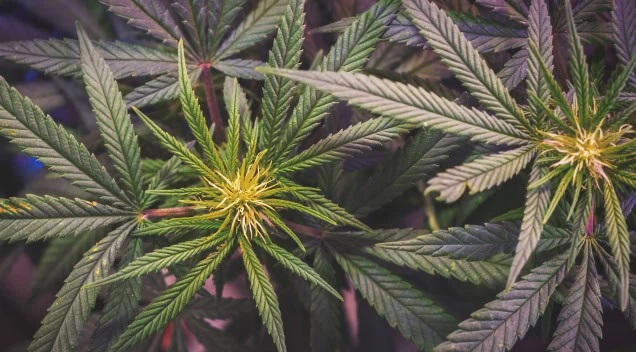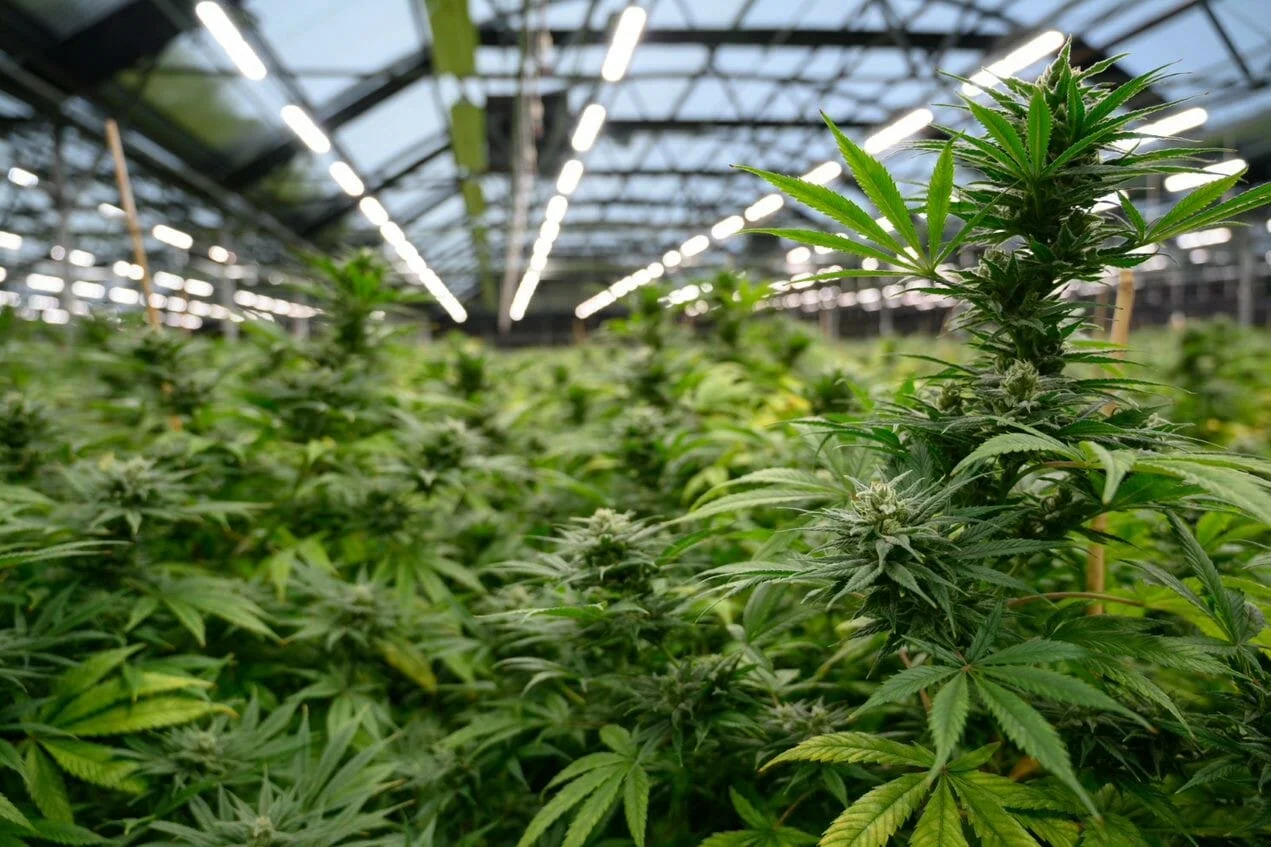Lighting Experiment and Sensory Panel
Light and its impact on plant morphology and secondary metabolites are well-known, observable phenomena in horticulture. The use of specific light spectra to manipulate the production of secondary metabolites can directly affect how a plant tastes and smells.
To demonstrate the effects of light on the smell and taste of a plant, Fluence enlisted Döhler as a cohort to construct an impartial sensory panel.
Fluence began the experiment by isolating two groups of sweet basil and applying distinct light treatments to each. Döhler then instructed panelists to evaluate for differences in the smell and taste of basil harvested from each treatment. The study used Ocimum basilicum, more commonly known as sweet basil. Fluence designed two broad-spectrum profiles for this trial, each purposefully enriched with either far red or blue/ultraviolet photons (see figure 1). Döhler panelists evaluated for smell and taste according to ISO Standard 13299.

Experimental Parameters
Cultivation Lighting Parameters
- Fluence and Döhler replicated the experiment nine times. Four replications took place to “train” the sensory panel and five were run to collect the data presented here.
- The sweet basil was grown from seed. Each replication consisted of a harvest, which occurred two days apart, and each plant was harvested 42 days after seeds were planted. Plants were then delivered to sensory panelists in the same day to ensure plants were of the same age when consumed.
- Our scientists cultivated the plants under the same total quantity of biologically active radiation, to ensure plants were cultivated under comparable light intensities.
Sensory Training Parameters
- Döhler trained each panelist to evaluate two parameters: 1) smell and 2) taste of sweet basil leaves.
- Based on these two parameters, panelists leveraged the following series of attributes (Table 1) to score each basil sample according to these predefined attributes.
| Attribution | Definition |
|---|---|
| Overall Intensity | Overall intensity of all perceptions, including the essential oils |
| Grassy | Association with freshly cut grass |
| Citrus | Association with citrus fruits, especially lemon |
| Pepper | Association with freshly ground black pepper |
| Curd | Association with unscented soap, curd soap |
| Clove | Association with pungent cloves |
Sampling Parameters
- Each panelist smelled one sweet basil leaf sample placed in a glass. Assessors could smell the sample twice.
- Next, panelists evaluated the taste by chewing the first basil leaf sample. Each person tasted four leaves of sweet basil relevant to this experiment, two from each lighting condition, separated and clearly marked.
- Between samples, evaluators cleansed their palates by consuming water and breadsticks.
Results of the Sensory Panel
Sweet basil leaves cultivated under far red-enriched, broad-spectrum light exhibit a more intense smell. With far red-enriched basil, tasters perceive elements of fresh cut grass when the leaf is crushed in-hand and smelled immediately after.
On the other hand, sweet basil leaves cultivated under blue/UV-enriched, broad-spectrum lights exhibit a more complex flavor profile. For this blue/UV-enriched basil, the data shows tasters perceive more aromas, like elements of citrus, pepper and curd, when consuming the basil (see figure 2).

Assessors from the sensory panel consistently perceived the same attributes from sweet basil cultivated under the correlated lighting condition. The data derived from the aromatic and flavor profiles show a clear and statistically significant difference between plants treated under the disparate lighting conditions.
Conclusion – Light Changes the Flavor and Aroma of Plants
When it comes to the perceptions of taste and smell, this experiment demonstrates how light quality (i.e. light spectra) quantifiably changes plant quality.
For growers interested in clearly defining overall quality of their plants, this study verifies how enriching broad-spectrum light with select, narrow-band spectra can affect the taste and smell of a crop. In terms of how this applies to horticulture lighting systems, LED technology presents a number of choices, which help effect the crops you are looking to produce. For more information on how Fluence solutions can help address your cultivation needs, contact a Fluence sales representative here.


